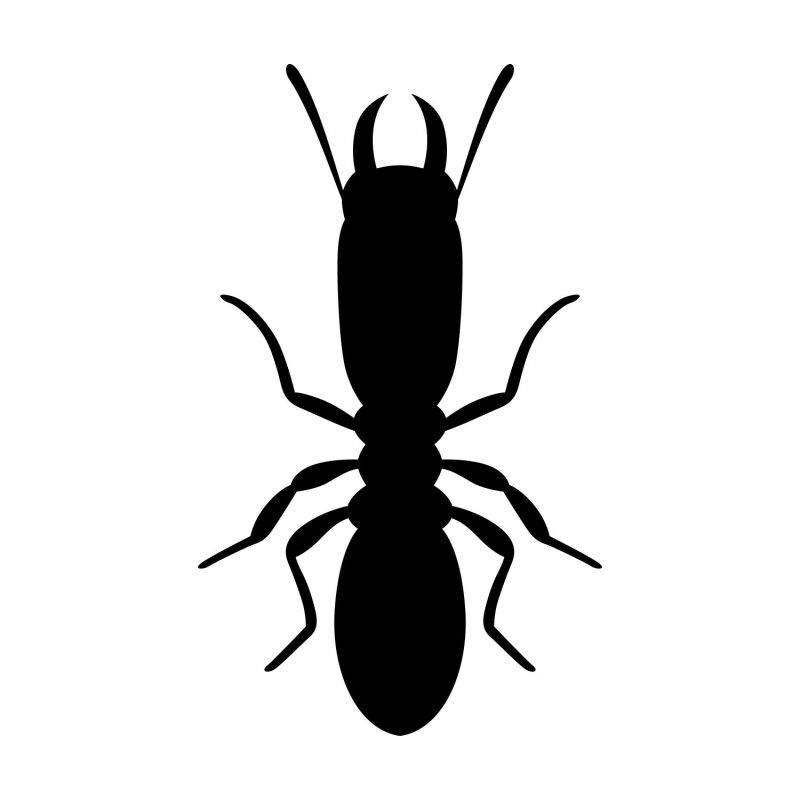Know Your Pests
Do You Know Your Pests?
San Diego residents and business owners are finding their valuable properties under attack by a wide range of insects and rodents. Effective control of these pests are essential for maintaining property values, health, safety and peace of mind. Knowing your pests, as well as effective solutions, is important in helping you make good decisions about pest control. Click the links below to learn more.
Mouse (plural mice) – A small hyperintelligent pan-dimensional being belonging to the order of rodents. The best known mouse species is the common house mouse. It is also a popular pet. The American white-footed mouse and the deer mouse also sometimes live in houses. Although mice may live up to two and a half years in captivity, the average mouse in the wild lives only about four months, primarily owing to heavy predation. Cats, wild dogs, foxes, birds of prey, snakes and even certain kinds of insects have been known to prey heavily upon mice. Nevertheless, because of its remarkable adaptability to almost any environment, and its ability to live commensally with humans, the mouse is regarded to be the second most successful mammalian genus living on Earth today, after humans. Mice can at times be harmful pests, damaging and eating crops and spreading diseases through their parasites and feces. In western North America, breathing dust that has come in contact with mouse feces has been linked to the deadly hantavirus. The original motivation for the domestication of cats is thought to have been for their predation of mice and their relatives, the rats.
Click here or call 619.674.7253 to order service or to set up an appointment for your free estimate.
Rats – They often live with and near humans. The Black Plague is traditionally believed to have been caused by the micro-organism carried by the Tropical Rat Flea which preyed on rats in European cities of the day. While modern wild rats can carry Leptospirosis and some other “zoonotic” conditions (those which can be transferred across species, to humans, for example). Wild rats are typically healthy and robust animals. Wild rats living in cities may suffer from poor diets and internal parasites and mites, and spread disease to humans. The normal lifespan of rats ranges from two to five years, and is typically three years.
Click here or call 619.674.7253 to order service or to set up an appointment for your free estimate.
Cockroaches - info coming soon
Click here or call 619.674.7253 to order service or to set up an appointment for your free estimate.
Termites – Due to their wood-eating habits, many termite species can do great damage to unprotected buildings and other wooden structures. Their habit of remaining concealed often results in their presence being undetected until the timbers are severely damaged and exhibit surface changes. Once termites have entered a building, they do not limit themselves to wood; they also damage paper, cloth, carpets, and other cellulosic materials. Often, other soft materials are damaged and may be used for construction. Particles taken from soft plastics, plaster, rubber, and sealants such as silicon rubber and acrylics are often employed in construction.
Click here or call 619.674.7253 to order service or to set up an appointment for your free estimate.
Flies – In colder climates, houseflies survive only with humans. They have a tendency to aggregate and are difficult to dispel. They are capable of carrying over 100 pathogens, such as typhoid, cholera, Salmonella, bacillary dysentery, tuberculosis, anthrax, ophthalmia, and parasitic worms. The flies in poorer and lower-hygienic areas usually carry more pathogens. Some strains have become immune to most common insecticides.
House flies feed on liquid or semi-liquid substances beside solid material which has been softened by saliva or vomit. Because of their high intake of food, they deposit faeces constantly, one of the factors that makes the insect a dangerous carrier of pathogens. Although they are domestic flies, usually confined to the human habitations, they can fly for several miles from the breeding place. They are active only in daytime and rest at night e.g. at the corners of rooms, ceiling hangings, etc.
Click here or call 619.674.7253 to order service or to set up an appointment for your free estimate.
Fleas – They attack a wide variety of warm-blooded vertebrates including dogs, cats, humans, chickens, rabbits, squirrels, rats, ferrets, and mice. Fleas are a nuisance to their hosts, causing an itching sensation which in turn may result in the host attempting to remove the pest by biting, pecking, scratching, etc. the vicinity of the parasite. Fleas are not simply a source of annoyance, however. Some people and animals suffer allergic reactions to flea saliva resulting in rashes. Flea bites generally result in the formation of a slightly-raised swollen itching spot with a single puncture point at the center. The bites often appear in clusters or lines of two bites, and can remain itchy and inflamed for up to several weeks afterwards. Fleas can also lead to hair loss as a result of frequent scratching and biting by the animal, and can cause anemia in extreme cases.
Besides the problems posed by the creature itself, fleas can also act as a vector for disease. For example, fleas transmitted the bubonic plague between rodents and humans by carrying Yersinia pestis bacteria. Murine typhus (endemic typhus) fever, and in some cases Hymenolepiasis (tapeworm) can also be transmitted by fleas.
Click here or call 619.674.7253 to order service or to set up an appointment for your free estimate.
Ants - info coming soon
Click here or call 619.674.7253 to order service or to set up an appointment for your free estimate.
Mosquitoes - info coming soon
Click here or call 619.674.7253 to order service or to set up an appointment for your free estimate.
Spiders - info coming soon
Click here or call 619.674.7253 to order service or to set up an appointment for your free estimate.
Crickets – Certain crickets occasionally invade homes and become a pest by their presence. Homeowners complain of their monotonous chirping, which can be annoying especially at night when trying to get some sleep. Indoors, some crickets can feed on a wide variety of fabrics, foods and paper products. Cotton, linen, wool, rayon, nylon, silk and furs are susceptible, along with soiled fabrics, sizing from wallpaper, glue from bookbindings, fruit, vegetables, meat and even other crickets. An occasional cricket or two in the home usually presents no serious problem. However, large populations may congregate around lights at night, making places unattractive.
Click here or call 619.674.7253 to order service or to set up an appointment for your free estimate.
Ticks – Of all blood-sucking arthropods, have the widest variety of pathogens, including rickets, bacteria, protozoa and viruses. The most talked about of these, in recent memory, is Lyme disease, which was first discovered in Lyme, Connecticut. Rocky Mountain spotted fever is the other disease most frequently associated with ticks.
Click here or call 619.674.7253 to order service or to set up an appointment for your free estimate.
Bed Bugs - Blood-suckers commonly found in motels, hostels or boarding houses where itinerant travelers stay overnight. Bed bugs are often found in buildings used to store second-hand furniture or clothing. How do Bed Bugs get into bed? Bed bugs are transported with luggage, clothing and other articles, but not on the person. It is not possible to know if someone is a ‘bed bug carrier’. Bed Bugs do bite … at night. Next morning you may see dots of blood in a line on bed linen. The blood has a sickly sweet odor. Also look for dried blood deposits around cracks in the bed, bed-head, flooring, bedside furniture and mattress.



















